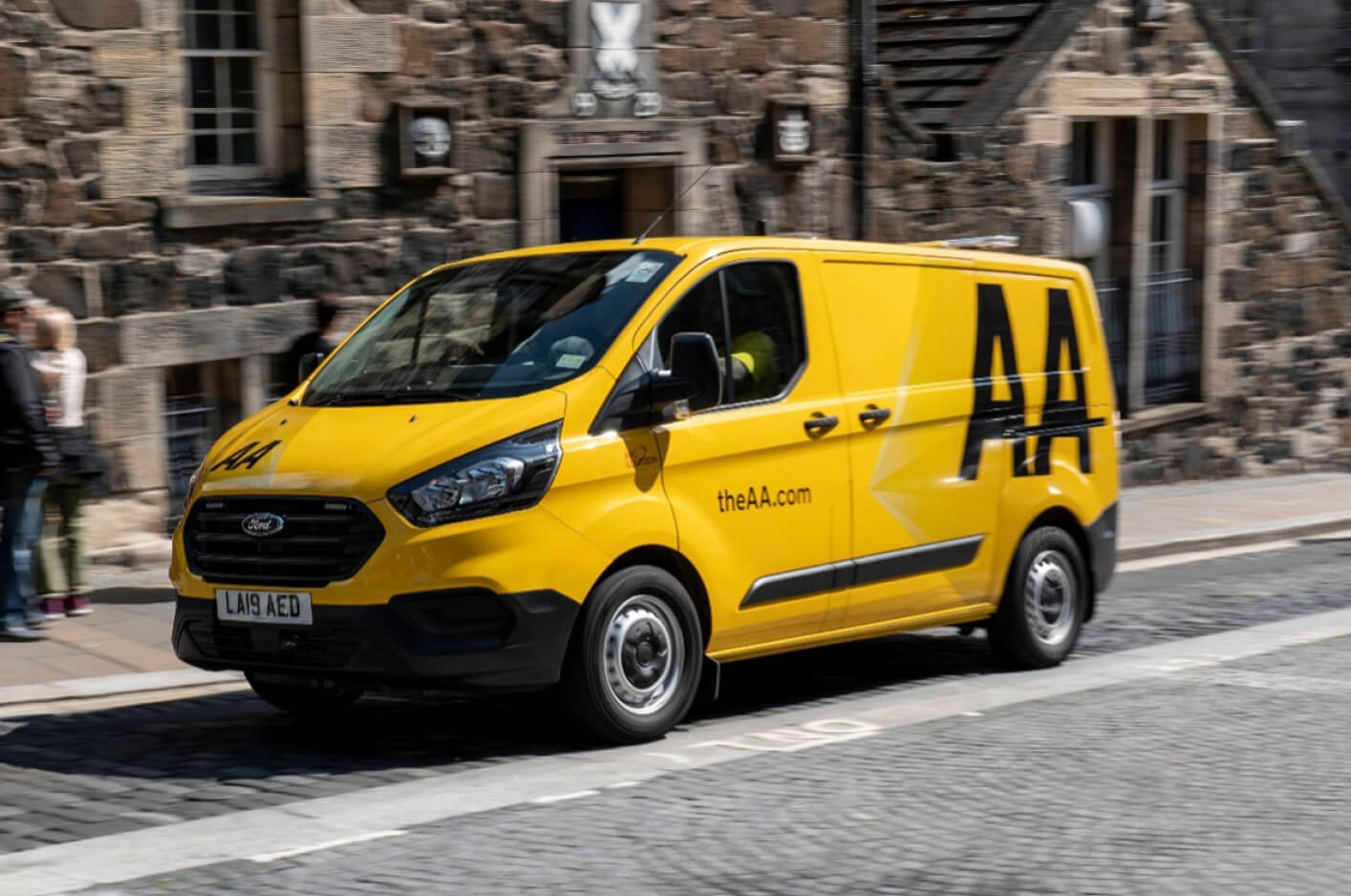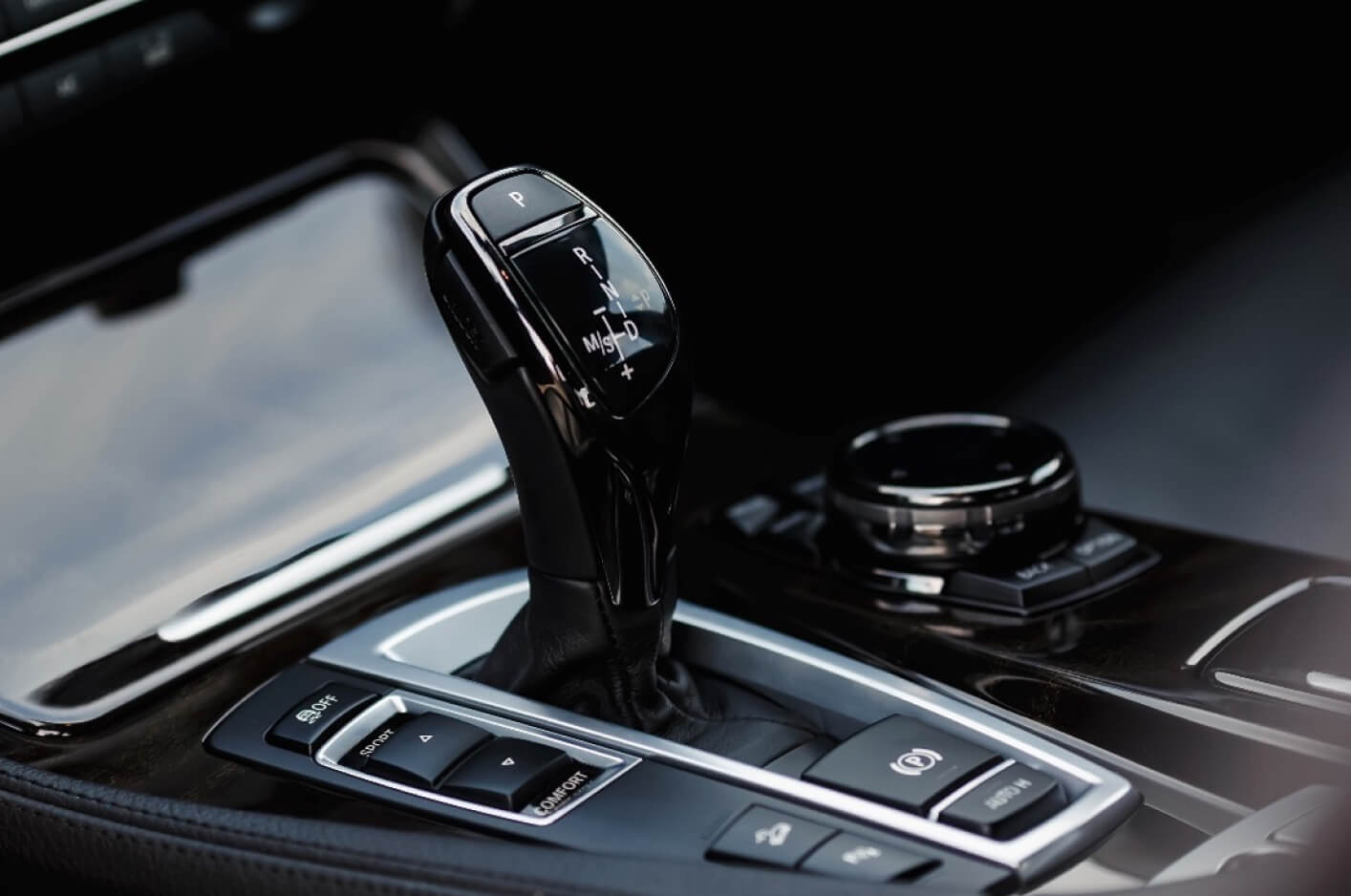14 May 2019
New van technologies guide to help fleets cut fuel cost, emissions and climate impact
Van fleet managers are coming under increasing pressure to introduce low and zero-emission models, particularly in urban areas, as towns and cities nationwide turn to introducing clean air zones.

- There are 4.1 million vans on the roads in the UK.
- Vans represent 15% of CO2 emissions from road transport.
- A new guide has been published explaining how technology can reduce van emissions.
Additionally, with van fleet replacement cycles being up to as much as eight years and the Government planning to end the sale of new petrol and diesel vans by 2040, organisations advising businesses on future-proofing their fleets for a low and zero emission future say now is the time to investigate and trial alternative powertrains.
To help businesses transform their light commercial fleets from a typically diesel operation, the Low Carbon Vehicle Partnership (LowCVP), a public-private partnership working to accelerate a sustainable shift to lower carbon vehicles and fuels and create opportunities for UK business while also providing advice to Government, and consultancy Cenex, the UK's first Centre of Excellence for Low Carbon and Fuel Cell technologies, have published a new guide.
The number of vans licensed to operate in the UK has grown by around 25% in 10 years, largely due to the huge rise in internet shopping and consequently home deliveries, to 4.1 million vehicles. Consequently, say the two organisations, cleaning up van emissions, which now represent about 33% of all oxides of nitrogen and more than 15% of the carbon dioxide (CO2) emissions from all road transport, has become an increasingly important focus for policy.
Coupled with the introduction last month (April) of the Ultra-Low Emission Zone in central London and with Birmingham due to introduce a clean air zone impacting on van fleets in January 2020 and other locations set to follow, there is increasing impetus for fleet managers to consider low and zero emission vehicle van options, it is claimed.
What's more, reducing CO2 emissions also makes business sense as lower carbon vehicles can be cheaper to run, it is suggested.
Gerry Keaney, chief executive of the British Vehicle Rental and Leasing Association, of which Activa Contracts is a member, said: "Vans are an essential business tool and mobile workplace for businesses across the UK. At the same time, van users, particularly those operating in urban areas, are coming under increasing pressure to reduce their emissions.
"The next few years will bring an increasingly wide range of low and zero-emission van models, which will be available to buy outright, lease or rent by the year, month, week, day or hour. Van users will have a lot of options and this Guide will help them make the right decision."
The 'Low Emission Van Guide' is intended for use by van buyers, fleet managers and procurement leaders, and provides an overview of low emission vans, the alternative fuels and technologies that can be used as well as providing advice on fleet management best practice.
It includes information on:
- The low emission van market and range of Government incentives for adoption available
- The most appropriate technologies for circumstances relating to particular fleets
- The key factors to consider in terms of low emission vans, fuels and related technologies
- Best practice options for cutting costs and emissions from conventional vehicles
- A selection of 'real world' case studies showing what can be achieved.
The Guide analyses operational, financial and environmental considerations and a range of technology options including battery electric vans; plug-in hybrid and extended range electric vehicles; the vehicle charging infrastructure; liquefied petroleum gas and BioLPG; compressed natural gas and biomethane; high blend biodiesel and hydrogen fuel cell and dual fuel options.
Andy Eastlake, managing director of the LowCVP, said: "Van use is one of the most important and complex road transport sectors. It's been growing rapidly and represents a major source of the polluting emissions which we urgently need to tackle from both air quality and climate change perspectives. Government has committed to all new vans in 2040 being effectively zero emissions, so we need to move now.
"Technology is advancing rapidly in many areas and it's vital that fleet managers are up-to-speed with the latest options. This new Guide should help them get close to the forefront of developments and plan for the future."
Furthermore, said Cenex's head of transport Steve Carroll: "With van ownership cycles being anywhere up to eight years, it's essential that fleets now start to investigate, trial and understand how to successfully implement lower emission vehicle technology options so they can form part of a future-proof fleet replacement strategy.
"This clear and informative Guide is an essential read for van operators. It sets out the business and environmental case for a range of lower emission and zero emission technology options available to replace the use of conventional diesel vans - as well as an introduction to installing and overcoming infrastructure challenges."
The guide can be downloaded at: https://www.lowcvp.org.uk/.


